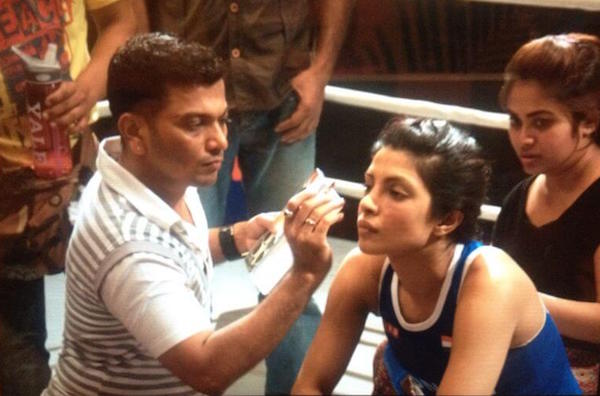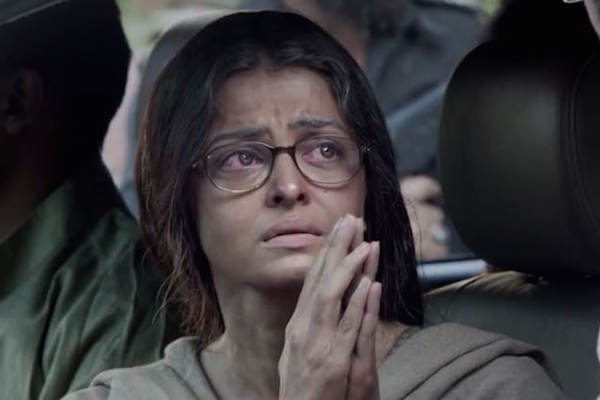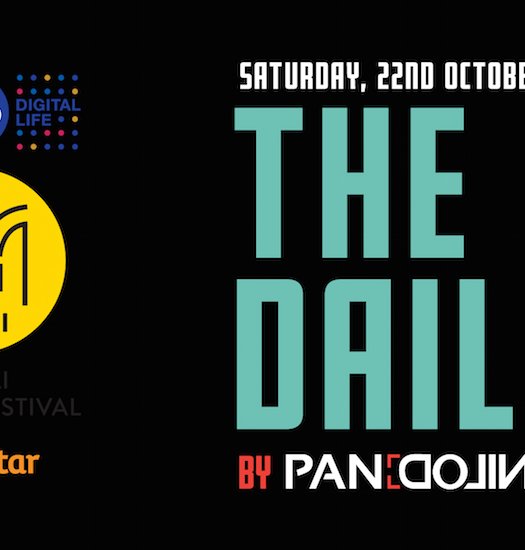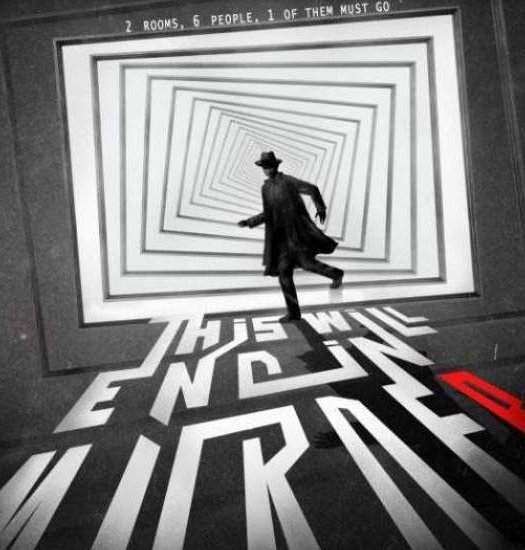An actor’s face is a canvas for the makeup artist – Subhash
Makeup artists are the lesser-known backbones of the film industry. They are invested with the duty of making the characters look in sync with the world of the film. Subhash Shinde, who has been in the industry since the past twenty years, is one of the most prolific makeup artists in Bollywood. He also happens to be a pioneer of prosthetic makeup in film and television. With numerous films, television shows, fashion shows and glamour songs to his credit, he is one of the most sought after makeup artists. He is also associated with the BHI Makeup Academy that nurtures aspiring makeup artists.
Here are excerpts from an exclusive interview with Subhash, where he talks about his work on Aishwarya Rai Bachchan’s makeup in the upcoming film, Sarbjit and the importance of makeup artists in films.

Subhash Shinde (Left) with Priyanka Chopra during Mary Kom
You are one of the most prolific makeup artists in the Hindi film industry. How did your journey first start?
I have been in this field since a long time now. Before films, I was already doing makeup for stage and fashion shows. Gradually, I started collaborating with other other makeup artists for films. Black was the first film that I did as an individual makeup artist.
What is the training or expertise needed in the field of makeup? Do you recommend educational training?
Definitely! We have completed hundred years of Indian cinema, and makeup as an art has evolved all through this time. We have different courses today in various institutions which teach the technique of makeup. But having said that, one should also keep in mind that makeup is largely a creative field. One has to innovate continuously and bring something unique in their craft. An actor’s face is a canvas for the makeup artist.
READ: PRO TIPS FOR BUDDING MAKEUP ARTISTS
How different is working on the makeup for films, television and fashion shows?
They are all different in essence. While in films and television, everything is based on the script and characterization. You cannot astray the character from what is given in the script. There is a higher attention to detail. While in fashion shows, things are more relaxed, and there is often a free hand.
As I started working on films, I noticed a need for prosthetics because the characterization became stronger over time
You have been acknowledged for your use of ‘prosthetic makeup’ in films. Has the trend of prosthetics reached its peak in Bollywood? What is the kind of effort that goes into prosthetic makeup?
I used to primarily work on fashion shows before Bollywood happened to me. Fashion shows are glamour-oriented, and there was less or no scope for prosthetics there. As I started working on films, I noticed a need for prosthetics because the characterization became stronger over time. Actors had to look like their characters to the last detail. I had done minor prosthetics for Goliyon Ki Raasleela Ram-Leela, as the movie didn’t need much of it except for bullet wounds and scars. Later, when the pre-production of Mary Kom was happening, Omung (Kumar, director) sir, called me to see if I could do prosthetics for the film.
I did a small trial in accordance with the film and he loved my work. I was immediately on board for Mary Kom. Mary Kom was a challenging film in terms of makeup. We had to shorten Priyanka Chopra’s hair onscreen as she played a boxer. There was also a generous use of prosthetics to show bruises and physical injuries. The whole experience gave me a lot of confidence in my craft. Making prosthetics is a slightly complicated procedure. It involves taking measurements of the actor’s face (or other body-parts) and make a casting mould of the same. Prior to Mary Kom, Indian filmmakers used to approach abroad-based companies to do prosthetics for their films, and Indian makeup artists weren’t even given a chance. That scenario has gradually improved. Indian makeup artists are as competent as other artists around the world!
READ: WE NEED A MORE PROFESSIONAL APPROACH TO MAKE-UP DESIGN – PREETISHEEL SINGH
Coming to Sarbjit, what was the brief given to you by director Omung Kumar?
When Omung sir first called me for the narration of the film, I got very emotional. I almost cried every time I read the script. In the twenty years of my work experience, I have never heard a more sentimental script. Omung sir is just like Sanjay (Leela Bhansali) sir when it comes to detailing of their characters. He asked me to create an authentic Punjabi look for Aishwarya (Rai Bachchan, actress). Something interesting happened when we were doing Aishwarya’s screen test for the film. Omung sir was too scared of experimenting with anything on her face. He wanted to be sure of the type of make-up that would happen. So he asked me to first do the makeup on his face for Aishwarya’s look! I did the make-up on his face, and only when he was satisfied with it, did we go ahead and do it on Aishwarya. He is probably the only director to have ever tried the makeup on his own face! That is his level of involvement in the film.

Aishwarya Rai Bachchan’s look in Sarbjit
What was the research that went into the making of the film?
There was quite an amount of research. We studied the facial features of numerous people, and made multiple sketches which incorporated those features on Aishwarya’s face. We didn’t use any prosthetics on her face in this film. All the facial features are a result of color contouring.
READ: SARBJIT’S STORY IS NOTHING LESS THAN A FILM’S SCRIPT – OMUNG KUMAR
What was the most difficult aspect of Aishwarya’s makeup in the film?
The major challenge was transforming Aishwarya’s look from twenty-two years of age through to fifty-years of age. Sometimes, the temperature would be too high in the areas that we were shooting in. That kept us on our toes. The sequence of shooting wasn’t in the chronological order of the script; that made us change the make-up to a large extent in consecutive shots. Makeup artists have the additional responsibility of making the character look true to the script and the environment.
Makeup artists have the additional responsibility of making the character look true to the script and the environment
Tell us something about your upcoming projects?
I am working on Boney Kapoor’s Mom. There are three other movies from big production houses that I am working on, but I am not at the liberty to talk about them at the moment.
In parting, what advice would you give young makeup artists on perfecting the art of makeup?
Creativity is limitless. Don’t be afraid to try something new. At the end of the day, it is your uniqueness that is going to take you forward in your work.



